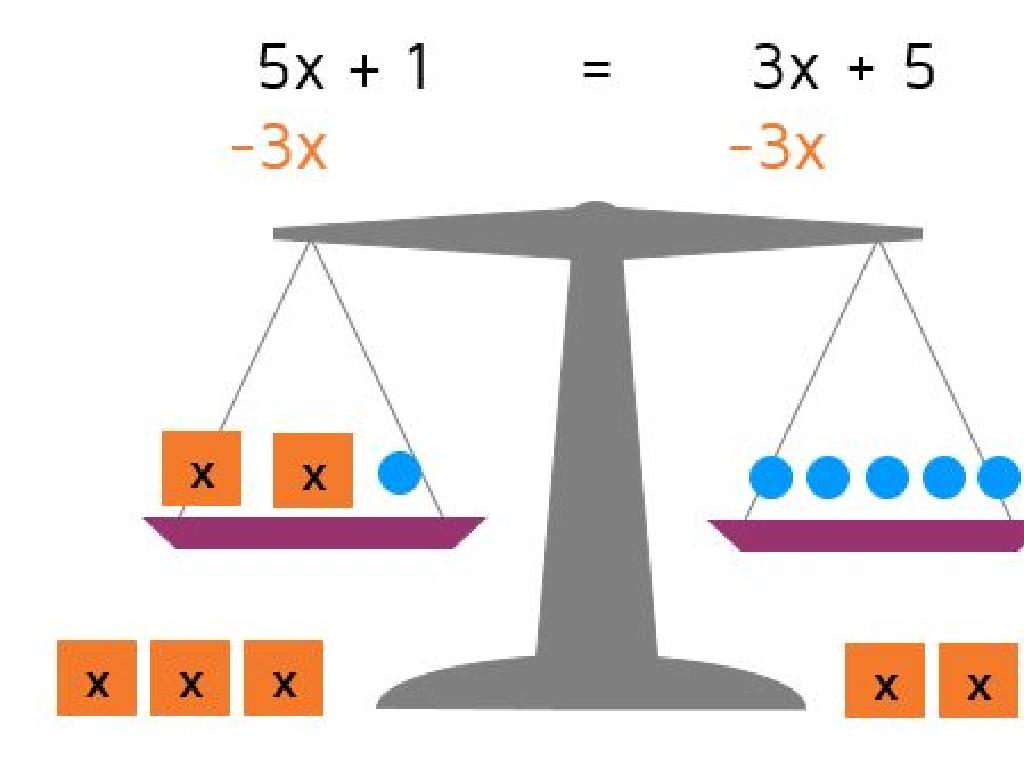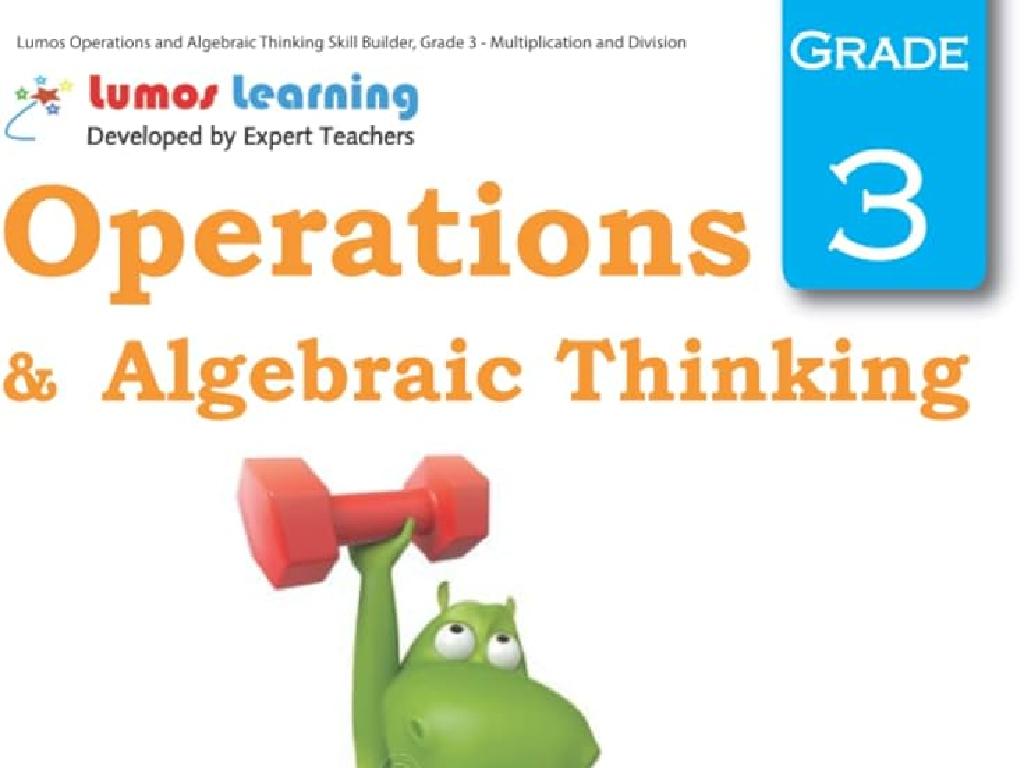Medieval Europe + Byzantine
Subject: Arts and humanities
Grade: High school
Topic: Art History
Please LOG IN to download the presentation. Access is available to registered users only.
View More Content
Exploring Medieval and Byzantine Art
– Overview of Medieval Europe
– Time of castles, knights, and feudalism
– Significance of Byzantine Empire
– Eastern Roman Empire’s rich art legacy
– Art as a historical lens
– Art reflects values, beliefs, and social structures
– Cultural context of the era
– Influence of religion and power on art and architecture
|
This slide introduces students to the rich tapestry of Medieval Europe and the Byzantine Empire, setting the stage for a deeper exploration of art history. Medieval Europe was a period marked by feudalism, the rise of knighthood, and the construction of iconic castles. The Byzantine Empire, on the other hand, was known for its opulent art and architectural achievements, such as the Hagia Sophia. Art serves as a window into the past, offering insights into the era’s values, beliefs, and social hierarchies. Understanding the cultural and historical context of the time helps students appreciate the complexity and significance of the art that emerged from these periods. Encourage students to consider how historical events and cultural beliefs shaped the art of Medieval Europe and the Byzantine Empire.
Timeline of Medieval Europe: Artistic Evolution
– Historical events: 5th-15th century
– Fall of Rome, rise of kingdoms, crusades, and plagues shaped society and art.
– Church and monarchy influence
– Art sponsored by Church and royalty, depicting religious and regal themes.
– Roman to Medieval transition
– Shift from Roman realism to medieval symbolism and religious themes.
– Art reflects societal changes
|
This slide provides a snapshot of the key historical events from the 5th to the 15th century that influenced the development of art in Medieval Europe. It highlights the significant role of the Church and monarchy in commissioning and shaping art, reflecting their power and influence. The transition from the Roman Empire to Medieval Europe saw a shift in artistic styles, from the realism of Roman art to the more symbolic and religious themes of the medieval period. Art became a tool for both religious devotion and a display of power. Encourage students to consider how historical contexts, such as the fall of Rome, the rise of kingdoms, the Crusades, and the Black Death, impacted the themes and purposes of art during this time.
Exploring the Byzantine Empire: A Cultural and Artistic Journey
– Geography and culture of Byzantine
– Spanned Eastern Europe and Asia Minor, rich in diverse cultures
– Constantinople: Artistic hub
– Capital city, renowned for its opulent art and architecture
– Characteristics of Byzantine art
– Use of mosaics, iconography, and gold; a distinct, ornate style
– Religious significance in art
– Art as a medium for spiritual expression and doctrine
|
This slide introduces the Byzantine Empire, emphasizing its geographical expanse and cultural richness, which influenced its unique art forms. Highlight Constantinople’s role as a pivotal center of art, driving the development of Byzantine aesthetics. Discuss the defining features of Byzantine art, such as the extensive use of mosaics, the prominence of religious iconography, and the lavish application of gold, which contributed to its grandeur and elegance. Explain how art served as a vehicle for religious experience and the dissemination of theological ideas, reflecting the empire’s deep intertwining of state and church. Encourage students to consider the impact of geography and culture on artistic expression and to explore the ways in which art can both reflect and shape religious thought.
Characteristics of Medieval Art
– Gothic vs. Romanesque styles
– Gothic: pointed arches, lightness, height. Romanesque: thick walls, round arches.
– Symbolism in medieval art
– Religious symbols, biblical stories, moral lessons.
– Common themes of the era
– Chivalry, the divine order, and the role of the Church.
– Materials and techniques
– Frescoes, stained glass, illuminated manuscripts, tapestries.
|
This slide aims to provide an overview of the key characteristics of Medieval Art, focusing on the Gothic and Romanesque styles. Gothic art is known for its emphasis on height and light, often seen in the architecture of cathedrals with pointed arches and flying buttresses. Romanesque art, on the other hand, is characterized by its solid, heavy structures with round arches and large walls. Symbolism was heavily used in medieval art to convey religious themes and moral lessons, often depicted in paintings, sculptures, and architecture. Common themes include the omnipresence of the Church, the divine order, and chivalry. Artists of the time used various materials and techniques such as frescoes, stained glass windows, illuminated manuscripts, and tapestries to create their works. Encourage students to explore examples of each style and to consider the cultural and religious context that influenced the art of this period.
Characteristics of Byzantine Art
– Iconography in Byzantine art
– Religious images used to convey spiritual messages, often in churches.
– Gold and figure portrayal
– Lavish use of gold in art symbolized divine light, figures often stylized.
– Mosaics as art form
– Mosaics with intricate designs and spiritual themes decorated sacred spaces.
– Influence on Eastern Orthodox art
– Byzantine aesthetics shaped the visual language of Eastern Orthodox Christianity.
|
Byzantine art is renowned for its spiritual and religious iconography, which served as a means of conveying Christian theology and stories. Gold was not only a symbol of wealth but also represented heavenly glory and was used extensively in art to create a sense of the divine. Mosaics, made from small pieces of colored glass or stone, were a prominent feature in Byzantine churches, reflecting light and creating an otherworldly atmosphere. The influence of Byzantine art extended to the Eastern Orthodox Church, where it shaped the development of religious imagery and church decoration. Encourage students to explore examples of Byzantine art and consider how the historical context influenced its aesthetics and themes.
Comparing Medieval and Byzantine Art
– Similarities in art forms
– Both used religious themes, but Byzantine was more mosaics and icons
– Differences in style and content
– Medieval art was more symbolic, while Byzantine focused on realism and gold backgrounds
– Impact on European art development
– Each influenced architecture, religious imagery, and iconography across Europe
– Case study: Artwork analysis
– Examine ‘The Last Judgment’ (Medieval) vs ‘The Deësis Mosaic’ (Byzantine)
|
This slide aims to compare and contrast Medieval and Byzantine art, highlighting their influence on the development of European art. Students should understand that while both periods focused on religious themes, their execution differed, with Byzantine art being renowned for its mosaics and use of gold. Medieval art’s symbolic nature contrasted with Byzantine’s emphasis on realism. The impact of these styles is evident in European art’s evolution, particularly in architecture and religious representations. A case study, such as comparing ‘The Last Judgment’ with ‘The Deësis Mosaic,’ will provide concrete examples for students to analyze and discuss the nuances between the two art forms.
Influential Artists of Medieval Europe & Byzantine
– Notable Medieval & Byzantine artists
– Explore artists like Giotto, who bridged Gothic and Renaissance art.
– Examination of key artworks
– Discuss ‘The Lamentation’ by Giotto and mosaics from Hagia Sophia.
– Impact on contemporary art
– How Gothic and Byzantine styles influence modern design and aesthetics.
– Preserving artistic heritage
|
This slide aims to highlight the significant artists from the Medieval Europe and Byzantine periods and their contributions to the art world. Students should learn about artists such as Giotto, whose work laid the groundwork for the Renaissance, and the anonymous mosaicists of the Byzantine Empire. Key artworks to discuss include Giotto’s ‘The Lamentation’ and the mosaics of the Hagia Sophia, which exemplify the era’s artistic techniques and themes. The legacy of these artists is evident in today’s art world, with influences seen in modern design, architecture, and aesthetics. Encourage students to consider how the preservation of these works gives us insight into the cultural and historical context of the time.
Class Activity: Create Your Mosaic
– Craft a paper mosaic artwork
– Select a medieval or Byzantine theme
– Think knights, castles, or religious icons
– Reflect symbolism in your design
– Use colors and shapes to symbolize ideas
– Discuss the meaning behind your art
– Be prepared to explain your art’s story
|
This activity allows students to engage with Medieval Europe and Byzantine art by creating their own mosaics, a common art form during those periods. Provide students with colored paper, scissors, and glue to assemble their mosaics. Encourage them to choose themes such as chivalry, the Crusades, or Byzantine religious iconography. Discuss how artists used symbolism to convey messages and ask students to incorporate similar symbolism into their designs. After completion, students will share their artwork with the class and explain the symbolism and meaning behind their pieces. This will help them understand the cultural and historical context of the art from these periods. Possible variations of the activity could include group projects, using digital tools to create a mosaic, or researching historical mosaics for inspiration.





